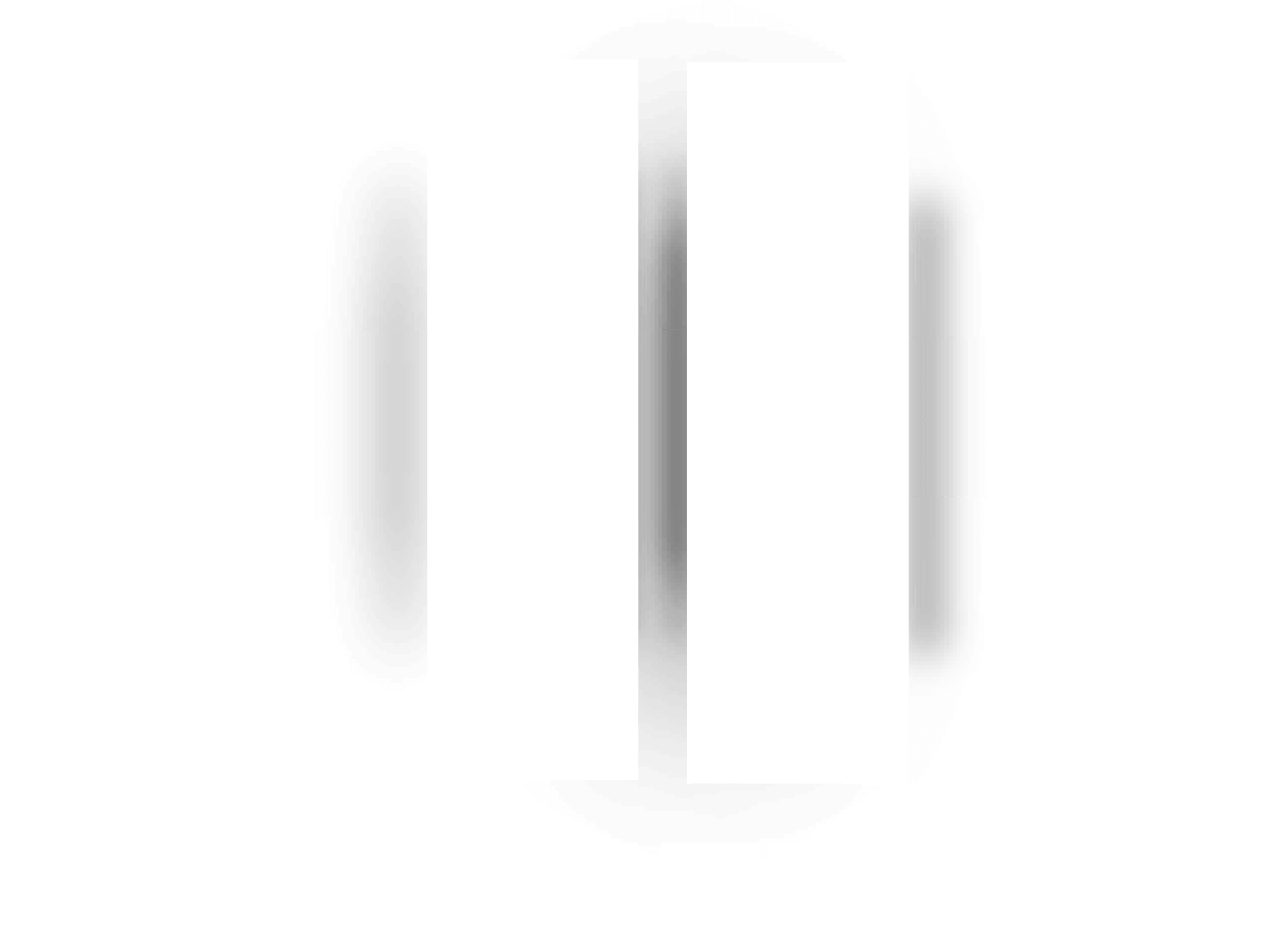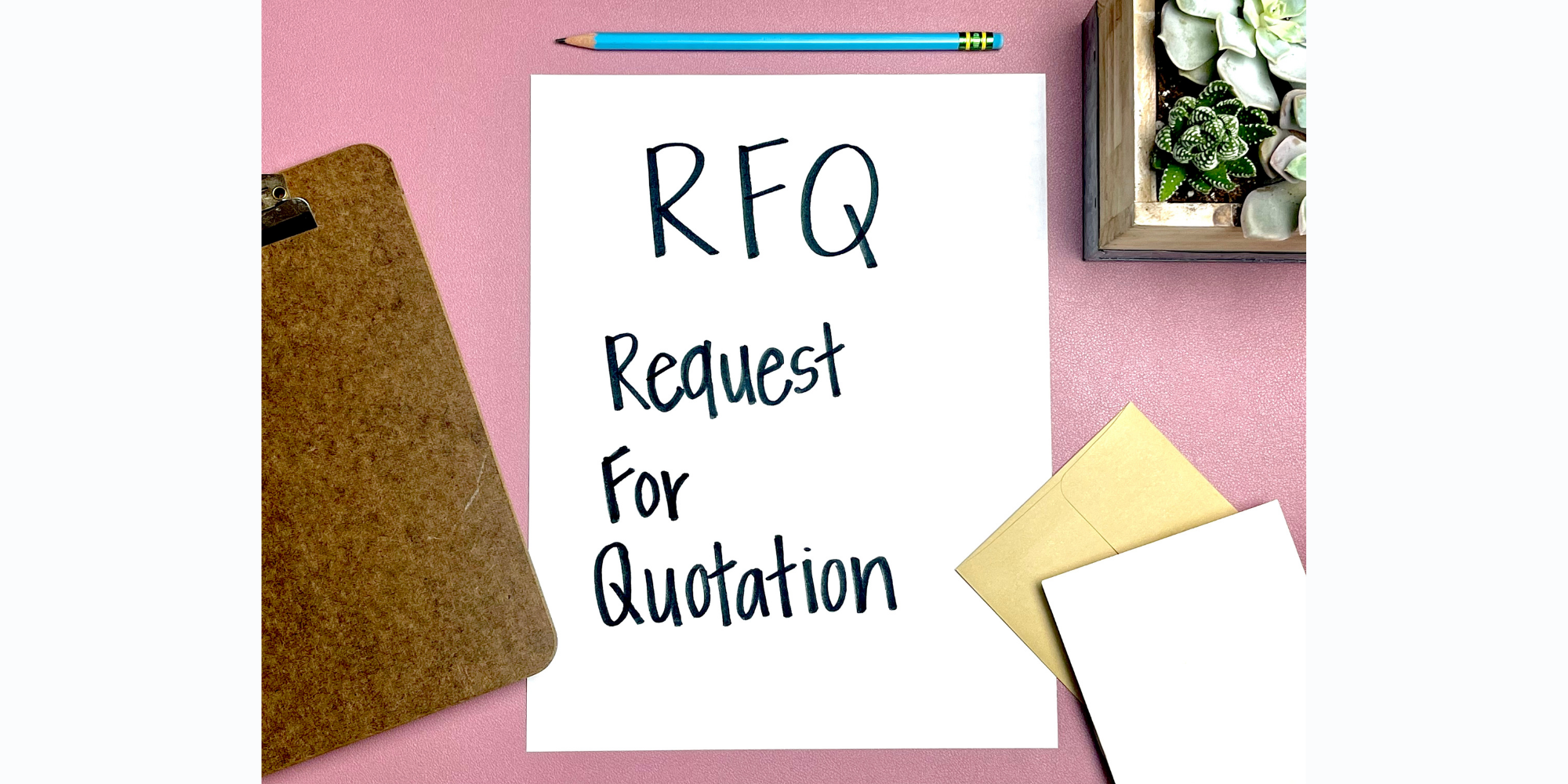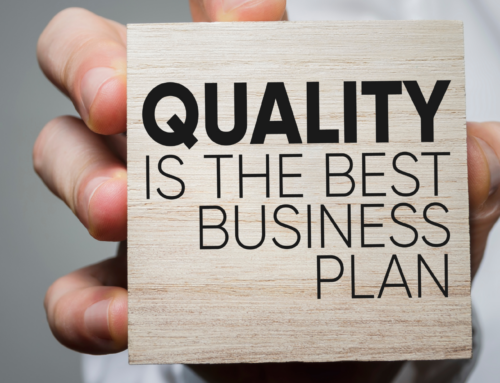It’s All In The Specs: Our Guide To Structuring Your Next RFQ
Ready… Set… Quote!
A “Request for Quotation” (RFQ) is a part of the project development process that requires the most attention. Before you get started, there are a few things that you need to have solidified before you start production on your next project. Who is going to produce your product, and how much is it going to cost? While you may have narrowed down your budget and vetted your potential suppliers, it’s time to determine how much your project will cost and finalize your supplier. RFQ’s are an opportunity to seek out competitive bids from qualified suppliers and award the most competitive option for your project.
Which leads us to ask the question: What information should you include in your RFQ? What types of details should be asking your potential suppliers for your company to make the most informed decision?
August 10, 2021
![]()
What is a Request for Quote (RFQ)?
Ultimately, the goal of an RFQ is to get the best, most competitive price for an upcoming project. Also referred to as an EOI (Invitation for Expressions of Interest), companies create RFQ’s and have two options: inviting their preferred qualified suppliers or leaving it open to interested suppliers. In which case, leaving it available to all suppliers may not mean that they are suitable or meet your company’s supplier eligibility and may require additional auditing before approval. Having pre-qualified and approved suppliers may help to expedite the selection process and eliminate extra time during this process. If your company chooses an open bidding process, this option may offer more suppliers to choose from. However, it may also increase the length of time to narrow down, audit, and select a qualified supplier.
In either case, pre-selected or open, an RFQ is a necessary document that provides quantifying information, including specific quantities of the product you are looking to produce and purchase, an itemization of costs that breaks down each production stage specifications of the product. Finally, an estimated timetable for said deliverables—while this may seem like a lot of information, having this document is a great option when you’re comparing quotes and narrowing your vendor selection for the most competitive price.
![]()
Reduce the Risk: Customize Your Needs & Take Your Time
As with most opportunities, each RFQ you prepare will require different information depending on the company, product, or service needs. While each project RFQ may have a similar structure, the standard should always be the same. The requested details should be precise to your product or service needs. It’s essential to ensure that your vendors understand your expectations upfront and will evaluate the project accordingly. In doing so, you’re setting the qualifying standard for all future projects.
While lead times are a great way to plan, prepare, and provide businesses a way to monitor and maintain their inventory, unfortunately, they are never guaranteed. Especially now, in our global pandemic and the current state of our international supply chain, we are constantly encountering the unknowns and hurdling supply chain disruptions. As unforgiving as our supply chain currently is, there are opportunities to make the most out of your timeline. To assist in reducing potential risk to your project, having a proper RFQ will ensure that your project details are clearly identified and communicated to your potential suppliers. Invite your suppliers to ask questions during this process and gather as much information about the project as they can.
Be mindful. Taking too much time during this process may cause your company and your project to miss its window of opportunity. Be honest and communicate your expectations with your suppliers. Allow your suppliers to know what you’re looking for and an estimated timeframe for them to complete your request. Don’t forget to follow up! It’s an excellent opportunity to check on the status of your initial RFQ proposal, ask questions, and interact with your potential supplier. Let them know you’re still engaged in the process and that you care about their response.
![]()
Step by Step: Structuring Your Next RFQ
GATHERING INFORMATION
What information does your RFQ require? What do you need to prepare? When creating your RFQ, it’s crucial to be as precise as you can. Essentially this is the core of your RFQ. Specific details about your product will ensure a more accurate quote from your supplier(s). Through the inclusion of quantitative information, the details that you’re looking to include may consist of the following:
- Details and parts required
- Part descriptions
- Raw materials
- Technical requirements
- Product schematics
- Product quantities (Order quantities)
- Product drawings
- Engineering tolerances
- Quality requirements
- Milestones
- Payment terms
- Project timeline
- Terms and conditions
- Testing requirements
- Submission requirements
- Expected deliverables
Be sensitive to your customer’s timeframe and thoughtful to your supplier’s time. Depending on the size of the project, make sure that you and your supplier work to determine a realistic timeframe for completion.
![]()
RFQ PREPARATION & MANAGEMENT
Next, prepare your RFQ documents. During this phase, you’re choosing which pre-selected qualified vendors to invite to the bidding. Whether you’ve established a relationship with these suppliers or it’s your first opportunity to work with them, it’s vital to generate uniformity amongst your suppliers. Maintain a level playing field and ensure that any information you communicate with one supplier, you share with the others. Maintaining uniformity encourages honest relationships and avoids favoring.
Once you’ve distributed your RFQ to potential suppliers, be prepared to ask questions, be flexible, and share responses with your customers. Full transparency during this stage of your project encourages solid relationships and trust. While maintaining confidentiality amongst suppliers and customers, keep a record of the information that you are given. Holding onto these supplier responses is also essential for auditing purposes that may present themselves later. Aside from auditing, these RFQs may also have the potential to lead to other opportunities in the future.
![]()
SEALING THE DEAL
You’ve received all of your bids, and you’ve chosen the most competitive quote. It’s time to award that contract! While you may have a stand-out supplier, be sure to acknowledge each of the other participating suppliers, as you could run into a situation where you need them for future projects. Are you looking to keep these suppliers engaged? Invite them to share price changes or new products, or project opportunities with you! You never know, it may lead to an excellent opportunity for your customers in the future.
One of the significant components in moving forward with a quote is negotiation. Effective negotiation allows you to ask your selected supplier questions regarding their RFQ proposal and continue developing a quotation that will ultimately meet your customer’s specific needs. If done correctly, proper negotiation leads to a more substantial, preferable agreement and encourages skills like strategizing, transparency, communication, and persuasion. Once agreed upon and your customer approves the quote, everyone is ready to move forward.
Ready…? It’s time to sign your contract and get your next project started!
![]()






